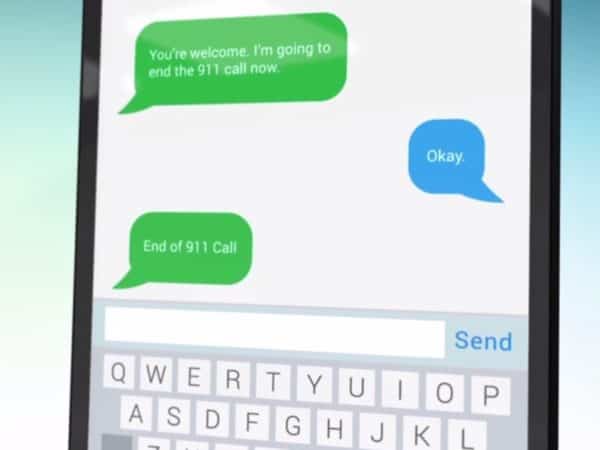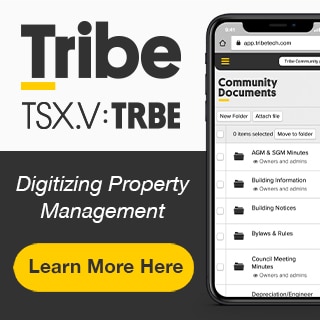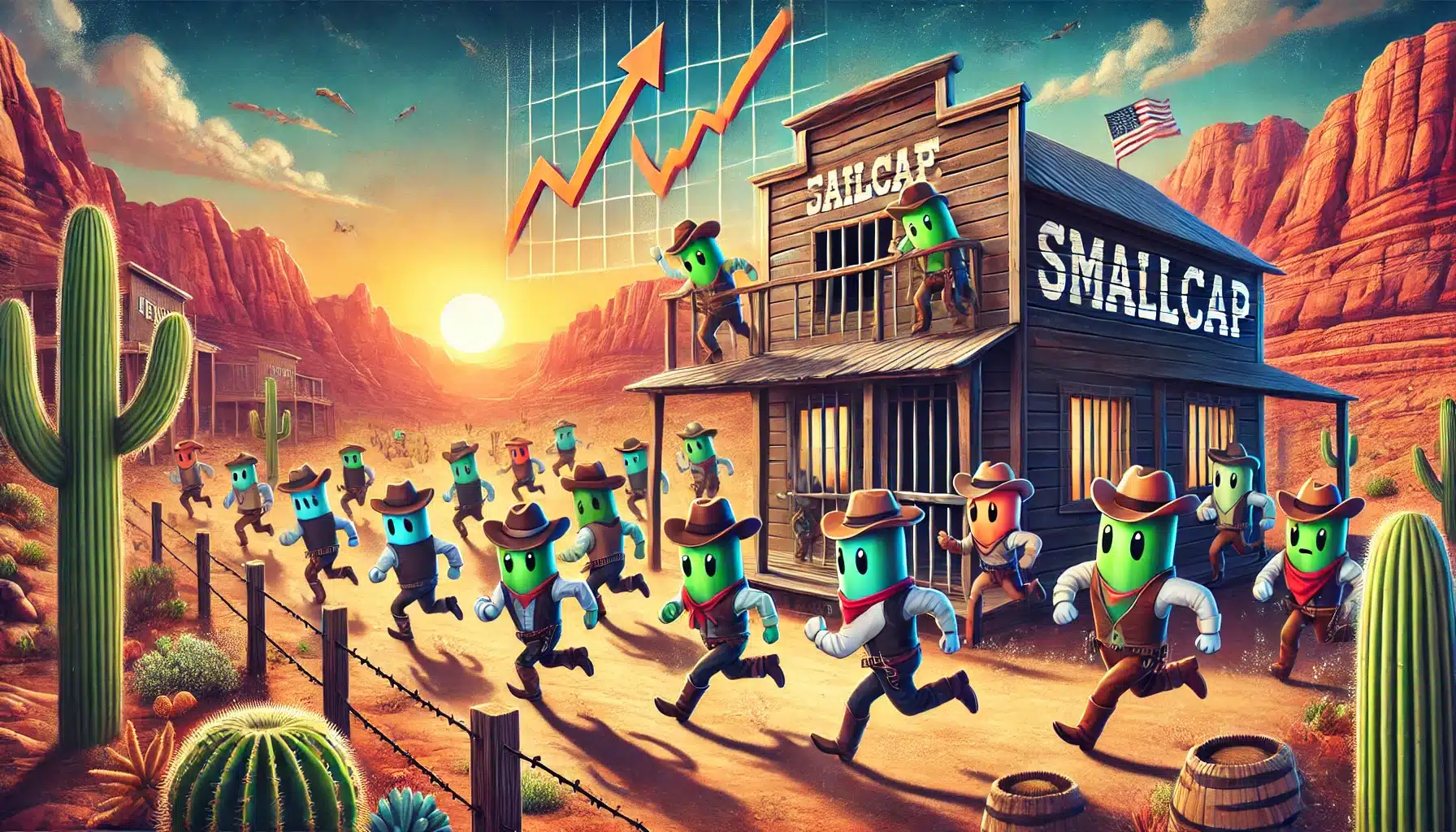
Having the ease and security of 9-1-1 emergency at your fingertips is something many of us take for granted, but until recently, a similar-functioning option hasn’t been available for Canadians who are Deaf, Hard of Hearing or Speech Impaired (DHHSI).
Now, the Canadian Hearing Society (CHS) has teamed up with the Canadian Wireless Telecommunications Association (CWTA), its wireless carrier members, public safety agencies and the Canadian Radio-television and Telecommunications Commission (CRTC) to announce the T9-1-1 service available across the country.
This Saturday is International Day of Persons with Disabilities, and the new announcement helps bring to light both the challenges faced by those with disabilities as well as the opportunities Canadian organizations have to help create equal access for all Canadians.
“This nationwide system provides better access for the Deaf, hard of hearing and speech impaired community,” says Gary Malkowski, Vice-President, Stakeholder and Employer Relations at CHS, in a press release. “Before T9-1-1, people who are Deaf or hard of hearing had limited options in an emergency, such as asking someone else to call 9-1-1 for them, or using a TTY landline phone or a relay service.”
Potential users of the T9-1-1 service must first register with their wireless provider, after which calls placed to 9-1-1 will be responded to by dispatchers who are alerted to communicate with the caller via text messaging. Initiated in March of 2014, T9-1-1 is now available to most Canadians across the country.
“Canada’s wireless industry is extremely proud of the role its technology continues to play in keeping all Canadians safe,” said CWTA Chair Garry Fitzgerald. “I encourage all members of the DHHSI community to register for this unique, made-in-Canada and potentially lifesaving service.”
The CHS states that DHHSI Canadians are also able to use Video Relay Service, which enables users to communicate via sign language, as alternative way to contact emergency workers.
A recent position paper by the Canadian Hearing Society argues that members of the DHHSI community are facing a substantial disparity in employment rates between them and Canadians without a disability, with stats showing that 47.9 per cent of working-age adults with a hearing disability are currently employed versus a rate of 73.6 per cent for adults without a disability.
The group points to the case of Quebec, where Uber, taxi and limousine drivers are required to obtain a Class 4C driver’s licence, which Deaf people cannot obtain under the province’s current auto insurance program. “Equal access to fair, appropriate and barrier-free employment is a right for all Canadians, whether they are Deaf, hard of hearing or hearing,” says CHS President and CEO Julia Dumanian.
The CHS says that lack of knowledge often proves to be a significant (but surmountable) barrier, as employers can be simply unaware of readily available workplace strategies and technologies to facilitate communication with DHHSI Canadians. “Business leaders cite the cost of accommodation as a deterrent to hiring someone with a disability,” said Malkowski. “However, as the paper outlines, assistive listening devices such as amplified phones typically cost less than most employers think, while workplace accessibility consulting services, like those offered by the Canadian Hearing Society, are quite affordable.”
The group calls on the provincial, territorial and federal governments to help educate the public and their respective business communities about accessibility and accommodation issues and to promote the positive impact on businesses to be had from hiring Deaf, Hard of Hearing and Speech Impaired employees.
Below: How to Make a T9-1-1 Call
Leave a Reply
You must be logged in to post a comment.





 Share
Share Tweet
Tweet Share
Share




Comment